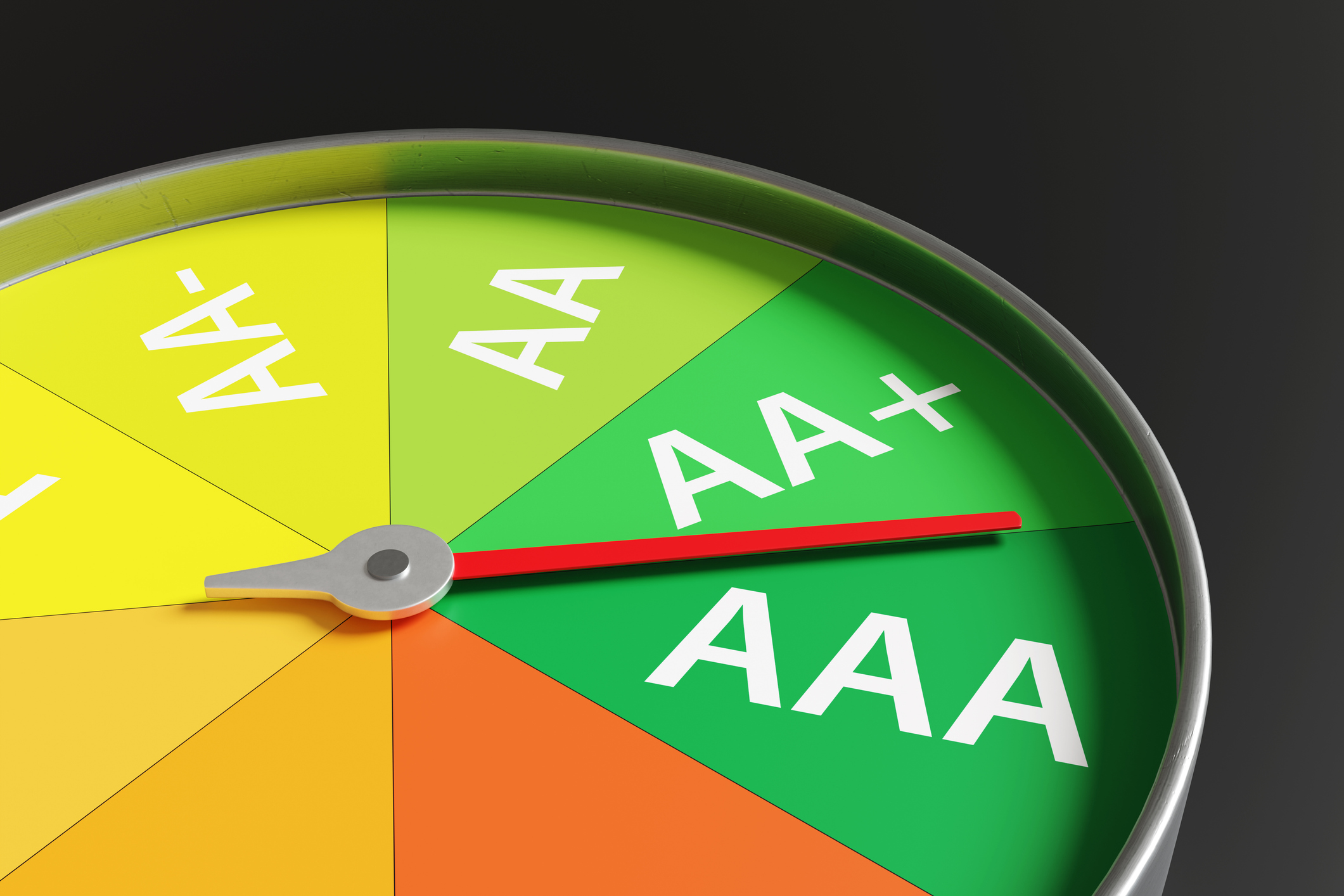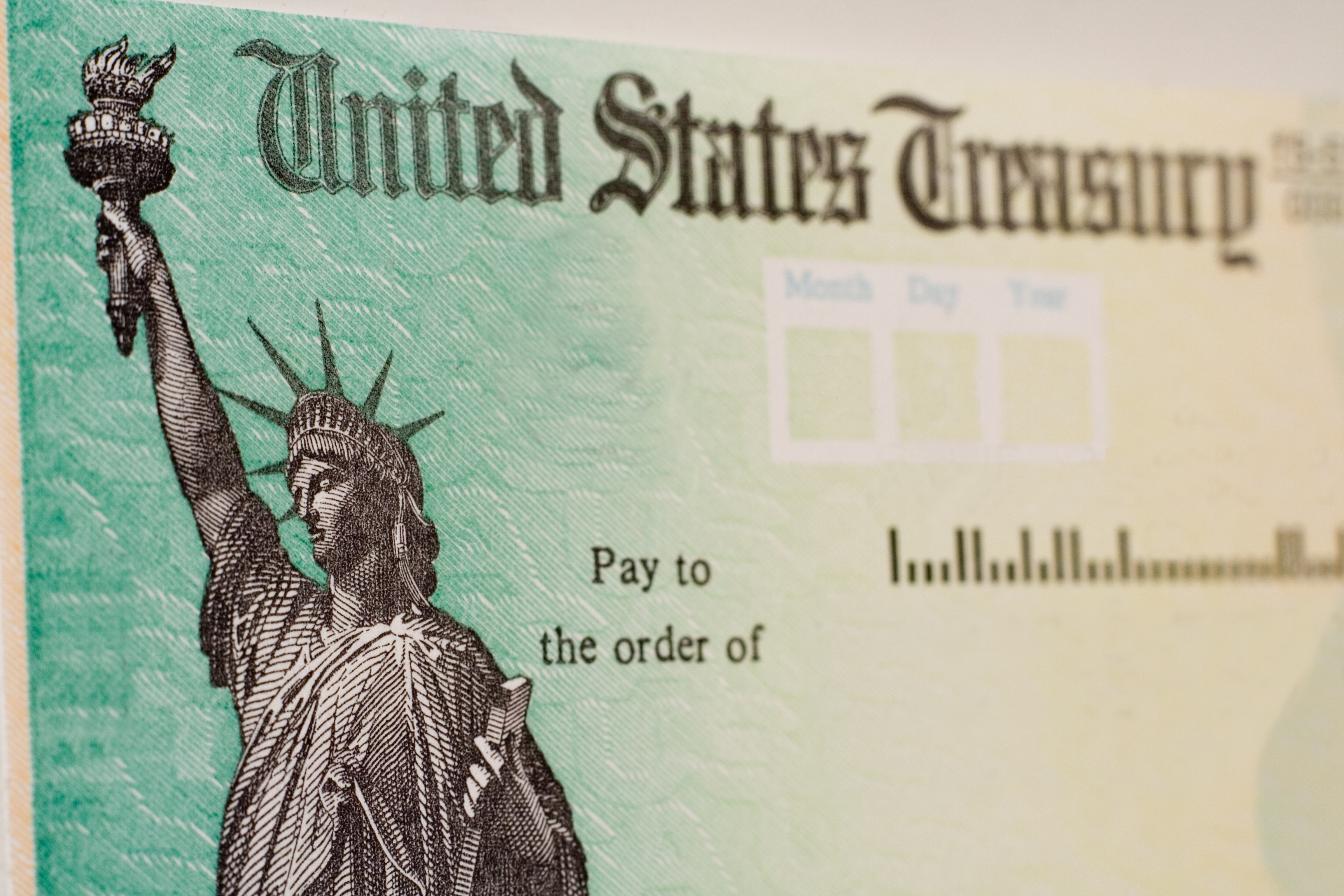Why Your Investment Return May Differ From the Fund Company's Returns
The amount you invest, the timing and the price you paid for the shares will determine your return when investing in a mutual fund.

Question: My mutual fund statement shows that I’ve lost money over the past four years, but the results published by the fund company show annualized returns of more than 9% over three- and five-year periods. Why is my return different?
Answer: Many investors share your puzzlement when their returns differ from the annualized returns published by the fund company and the financial press. The widely publicized annualized returns for your fund are time weighted — they measure the annual rate of change in a fund’s share price, averaged over a specific period of time. A fund’s five-year annualized return as of March 31, 2019, for example, is the average annual growth rate of the fund’s share price from March 31, 2014, to March 31, 2019.
The total return you’ve earned in your fund, however, is different from the fund’s reported annualized return. That’s because it is dollar weighted — it hinges on the amount of money you have put into the fund, as well as when you put it in and what price you paid for the shares. Essentially, your return reflects how well you timed your investment. If, for example, you made a lump-sum investment in your fund just as it hit a high mark four years ago, it might explain why your return is less than the fund’s annualized returns shown in your statement.

Sign up for Kiplinger’s Free E-Newsletters
Profit and prosper with the best of expert advice on investing, taxes, retirement, personal finance and more - straight to your e-mail.
Profit and prosper with the best of expert advice - straight to your e-mail.
Investor behavior often gets in the way of performance. Simply put, the average investor has poor timing. Investors frequently buy high — chasing good returns in a fund, say — and sell low, when the market gets rocky.
The habit can be costly. Research firm Dalbar publishes an annual study of investor behavior, which tracks cash flows in and out of stock funds. In 2018, the average investor trailed Standard & Poor’s 500-stock index by 5.0 percentage points. (The S&P 500 lost 4.4% in 2018, which means the average investor lost 9.4%.) “Judging by the cash flows we saw, investors sensed danger in the markets and decreased their exposure, but not nearly enough to prevent serious losses,” says Dalbar’s Cory Clark.
Because timing the market correctly is nearly impossible, spreading out your investments at regular intervals rather than investing a lump sum all at once is one way to lower the risk that you’ll invest at the wrong time. The practice, known as dollar-cost averaging, also lowers the average cost per share over time because investing a like amount over regular intervals ensures that you’ll buy more shares when prices are low and fewer when they’re high — which will no doubt improve your personal returns relative to your fund’s annualized figures.
Get Kiplinger Today newsletter — free
Profit and prosper with the best of Kiplinger's advice on investing, taxes, retirement, personal finance and much more. Delivered daily. Enter your email in the box and click Sign Me Up.

Nellie joined Kiplinger in August 2011 after a seven-year stint in Hong Kong. There, she worked for the Wall Street Journal Asia, where as lifestyle editor, she launched and edited Scene Asia, an online guide to food, wine, entertainment and the arts in Asia. Prior to that, she was an editor at Weekend Journal, the Friday lifestyle section of the Wall Street Journal Asia. Kiplinger isn't Nellie's first foray into personal finance: She has also worked at SmartMoney (rising from fact-checker to senior writer), and she was a senior editor at Money.
-
 5 Easy Weatherproofing Projects That Help Prevent Damage and Save on Insurance
5 Easy Weatherproofing Projects That Help Prevent Damage and Save on InsuranceProtect your home from storms and water damage with these simple weatherproofing upgrades — some may help reduce your home insurance premium.
By Paige Cerulli
-
 If Trump Fires Jerome Powell, What Happens To Savings and Mortgage Rates?
If Trump Fires Jerome Powell, What Happens To Savings and Mortgage Rates?President Donald Trump expressed his desire to remove Fed Chair Jerome Powell. If the president is successful, how would it impact your savings accounts?
By Sean Jackson
-
 Bond Basics: Zero-Coupon Bonds
Bond Basics: Zero-Coupon Bondsinvesting These investments are attractive only to a select few. Find out if they're right for you.
By Donna LeValley
-
 Bond Basics: How to Reduce the Risks
Bond Basics: How to Reduce the Risksinvesting Bonds have risks you won't find in other types of investments. Find out how to spot risky bonds and how to avoid them.
By the editors of Kiplinger's Personal Finance
-
 What's the Difference Between a Bond's Price and Value?
What's the Difference Between a Bond's Price and Value?bonds Bonds are complex. Learning about how to trade them is as important as why to trade them.
By Donna LeValley
-
 Bond Basics: U.S. Agency Bonds
Bond Basics: U.S. Agency Bondsinvesting These investments are close enough to government bonds in terms of safety, but make sure you're aware of the risks.
By Donna LeValley
-
 Bond Ratings and What They Mean
Bond Ratings and What They Meaninvesting Bond ratings measure the creditworthiness of your bond issuer. Understanding bond ratings can help you limit your risk and maximize your yield.
By Donna LeValley
-
 Bond Basics: U.S. Savings Bonds
Bond Basics: U.S. Savings Bondsinvesting U.S. savings bonds are a tax-advantaged way to save for higher education.
By Donna LeValley
-
 Bond Basics: Treasuries
Bond Basics: Treasuriesinvesting Understand the different types of U.S. treasuries and how they work.
By Donna LeValley
-
 Bond Basics: Ownership
Bond Basics: Ownershipinvesting Bonds come in a variety of forms, but they all share these basic traits.
By Donna LeValley